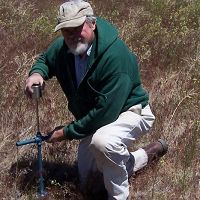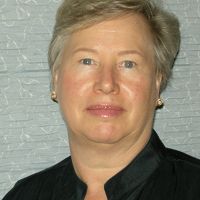Johnson et al., 2010
Carbon and Nutrient Contents in Soils from the Kings River Experimental Watershed, Sierra Nevada Mountains, California.
Johnson, D.W., Hunsaker, C.F., Glass, D.W., Rau, B.M., Roath, B.A. (2010)
Geoderma 160 (3-4): 490-502.
-
Sierra, INVESTIGATOR
-
Sierra, INVESTIGATOR
Abstract
Soil C and nutrient contents were estimated for eight watersheds in two sites (one high elevation, Bull, and one low elevation, Providence) in the Kings River Experimental Watersheds in the western Sierra Nevada Mountains of California. Eighty-seven quantitative pits were dug to measure soil bulk density and total rock content, while three replicate surface samples were taken nearby with a bucket auger (satellite samples) to the same depth as surface pit samples. Results showed that the higher elevation Bull watersheds had significantly greater C, N, and B contents and significantly lower extractable P, exchangeable Ca2+, Mg2+, and Na+ contents (kg ha− 1) and lower pH than the lower elevation Providence watersheds. Soil NH4+ and mineral N contents were high in both the Bull and Providence watersheds and could not be related to any measured soil property or attributed to known rates of atmospheric deposition. Nutrient analyses on satellite samples were comparable to those taken from pits when averaged on a watershed or site (Bull and Providence) scale, but quite variable on an individual grid point basis. Elevated Zn values from the quantitative pit samples suggested contamination by field sieving through a galvanized screen. Had the amount of large rocks within the soil sample not been accounted for with quantitative pit analyses, estimates of fine earth and associated C and nutrient contents (kg ha− 1) would have been overestimated by 16 to 43%.
Citation
Johnson, D.W., Hunsaker, C.F., Glass, D.W., Rau, B.M., Roath, B.A. (2010): Carbon and Nutrient Contents in Soils from the Kings River Experimental Watershed, Sierra Nevada Mountains, California. Geoderma 160 (3-4): 490-502. . DOI: 10.1016/j.geoderma.2010.10.019
 This Paper/Book acknowledges NSF CZO grant support.
This Paper/Book acknowledges NSF CZO grant support.
Explore Further


